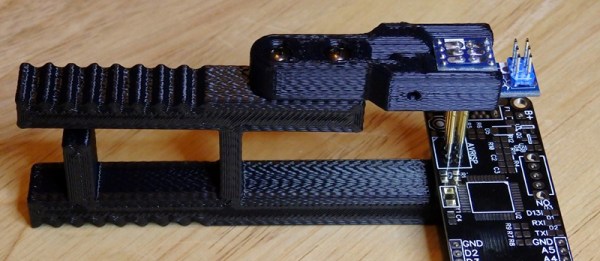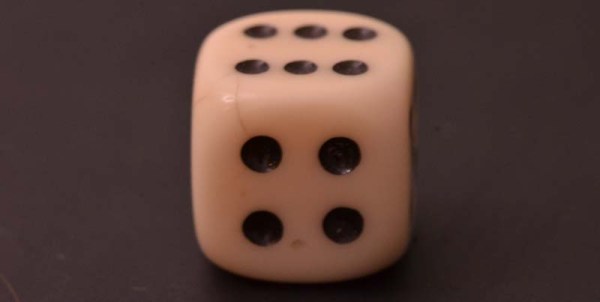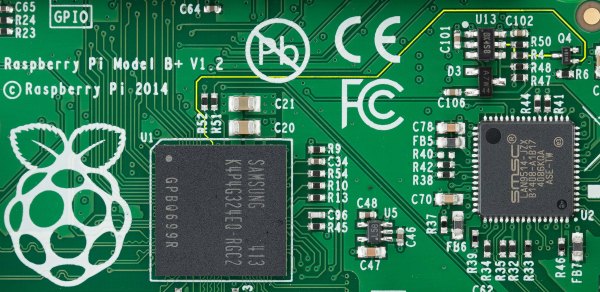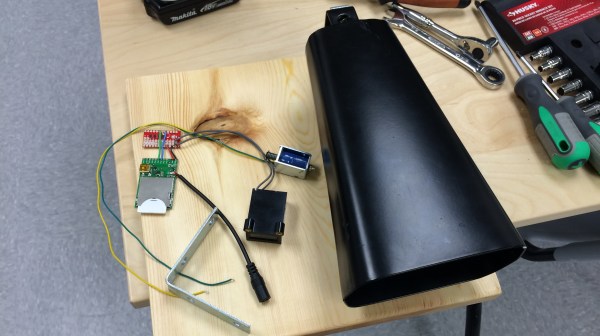As if it weren’t confusing enough in the Arduino world these days, now we’re going to have to deal with conflicting version numbers for the IDE. Yup, it’s been forked. Arduino LLC is offering a recently-updated version 1.6.3 at arduino.cc, but Arduino SRL has bumped up the version number to 1.7.0 at arduino.org. The conflict in naming and versioning has not gone unnoticed.
For those of you who’ve been living under a rock lately, the company that developed the Arduino (Arduino LLC) and the company that’s been manufacturing most of the hardware (Smart Projects SRL, now Arduino SRL) have stopped cooperating, filed a bunch of lawsuits, and now maintain separate websites.
According to this article (Google translate here) the versions don’t differ by much, and the 1.7.0 IDE may even be a step backwards versus 1.6.3. It certainly seems to us that the majority of the active developers in the Arduino project have been sticking with [Massimo Banzi] and the Arduino LLC camp. Of course, everything’s open source and there’s nothing stopping Arduino SRL from porting worthwhile IDE changes across to their version of the codebase.
It doesn’t take a clairvoyant to sense that this may be in response to the warning about non-licensed boards that was included in the “official” 1.6.1 release. Nor does it take a psychic to foresee confusing times ahead.
If you’re interested in doing some code-sleuthing, have a look at the two versions and leave a comment below letting us know of any substantive differences you unearth.
Thanks [Kai], and via [Golem.de].



















